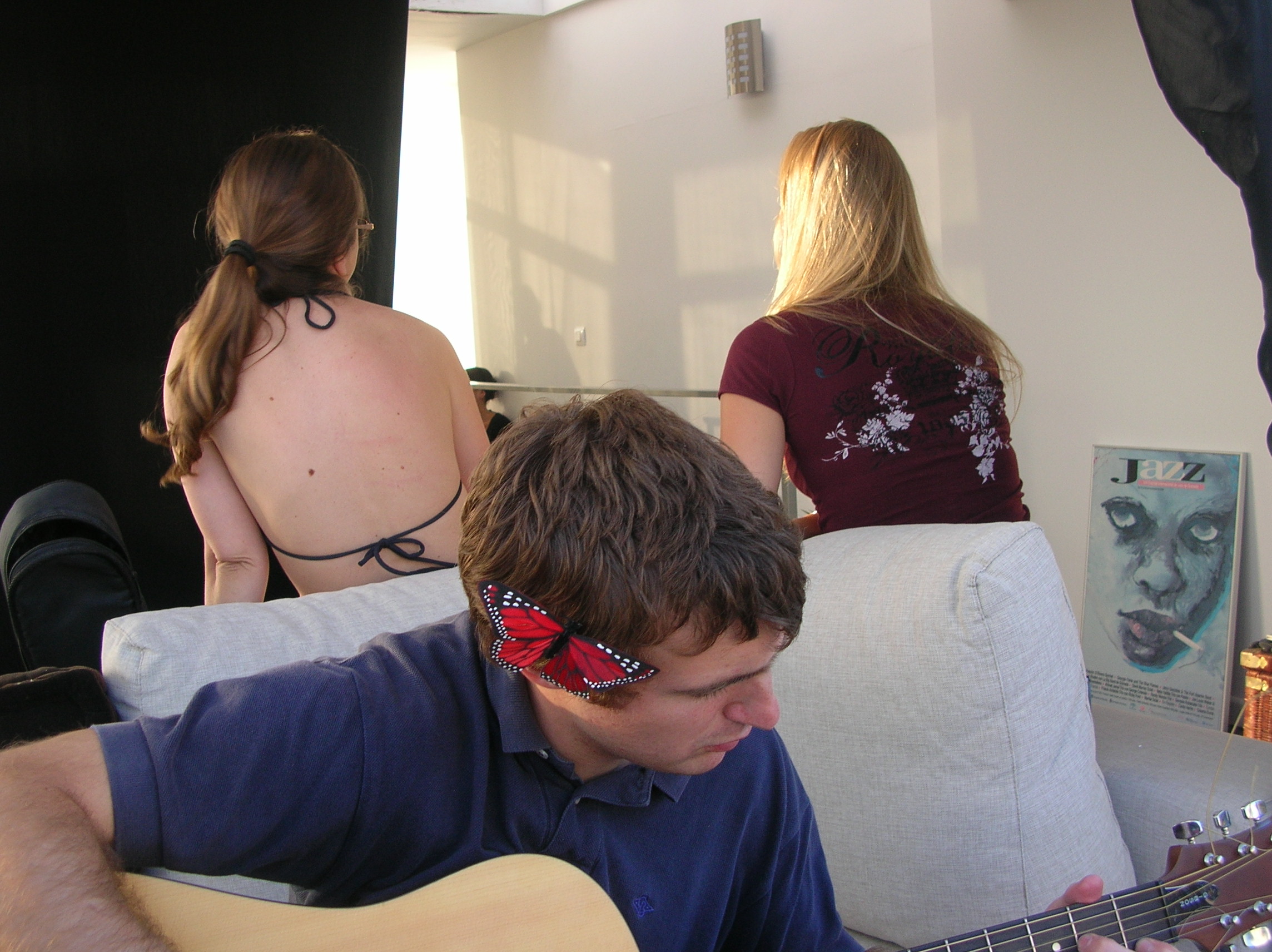Tuesday nights are sacred because Tuesday nights are writing nights. Every Tuesday I drive to San Francisco to attend Matthew Clark Davison's Writing Lab, a six-week generative writing workshop. Since completing graduate school I have felt anything but that--complete. The stories I started in Davis and San Francisco rattle around in my bones like a lost ache. In Matthew's class I've had a chance to step back and see the characters and conflicts with a greater kindness and compassion than I ever did in grad school. Last night's lesson had something to do with that.
Matthew shared an interview Cortney Davis did of poet and physician Rafael Campo. Campo believes that poetry is not only an expression of humanity, but an ongoing exercise in empathy. The interview, which is available on Poets.Org, explores how Campo turned toward medicine because he first thought it might "straighten" him out and "whiten" his identity. Over time, though, poetry became an important part of his practice. I was especially moved by Campo's belief that patients need to hear both a data-driven narrative and a poetry-driven one:
I think my patients are surprised sometimes to find a poem together with patient education pamphlets or scientific articles—and yet so often that’s what they want to discuss at the next visit. A poem says to a patient that I want to know more than just my own biomedical narrative of her illness—that I want to take care of her as a whole person, with attention to both the blood sugar results and also her struggles to maintain them in our target for treatment—that slice of birthday cake she couldn’t eat at her child’s party, the sting each time she must administer her insulin, are just as important. Such an approach, I think, not only has practical value—because the patient who trusts me will confide in me the detail of a symptom that helps me reach the correct diagnosis more expeditiously—but also is more rewarding on a personal level. So many docs these days feel alienated from their own work and from their patients. I think that’s largely due to all the obstacles to caring for patients, really caring for them, that poetry can help short-circuit: the burdens of such a rapidly expanding knowledge base, the constraints imposed by managed care on the time we can spend with our patients, the challenges of caring for increasingly diverse, multicultural patients. Poetry gets us past all the machines, literally to the heart of the matter; poetry expands the interaction with a patient to a space without time limitations; poetry bridges those cross cultural gaps by speaking in the most elemental and mutually understood form of language we have.
Last night I was struck by how perfectly Campo captured the exact feeling I have had, time and time again, while sitting in a doctor's office. I've written before about that gap that so often occurs between bedside manner and effective treatment. Test results and emerging technology can help us analyze data, but data is useless without full human understanding. As a type 1 diabetic, few things speak to me more than a physician's ability to see a blood sugar result and fully see the person behind it--the circumstances that caused a high number or the stress that caused a low one. As a writer, it is always my intention to approach my subjects with compassion, but that means seeing beyond deeply embedded cultural stereotype. That's the crux of it--that's where stories get interesting.
When Campo says that "poetry helps us get past all the machines," I think of all the times we find the easy story, versus the honest, more compelling one. Writing honest fiction to me means being patient with my characters, really doing my homework, reading, traveling, listening to other writers read, accepting shitty first (and second...and third...) drafts, and aspiring for empathy. When I sit down to write, it's hard not to take all of these expectations with me.
When I go to the Lab, though, the rules are different. Time is set aside to think and write. The burden of accomplishment, of having a fully realized, living story, is secondary to the greater intention to explore who we are, who our characters might be. That freedom reminds me of why I like to write in the first place.









